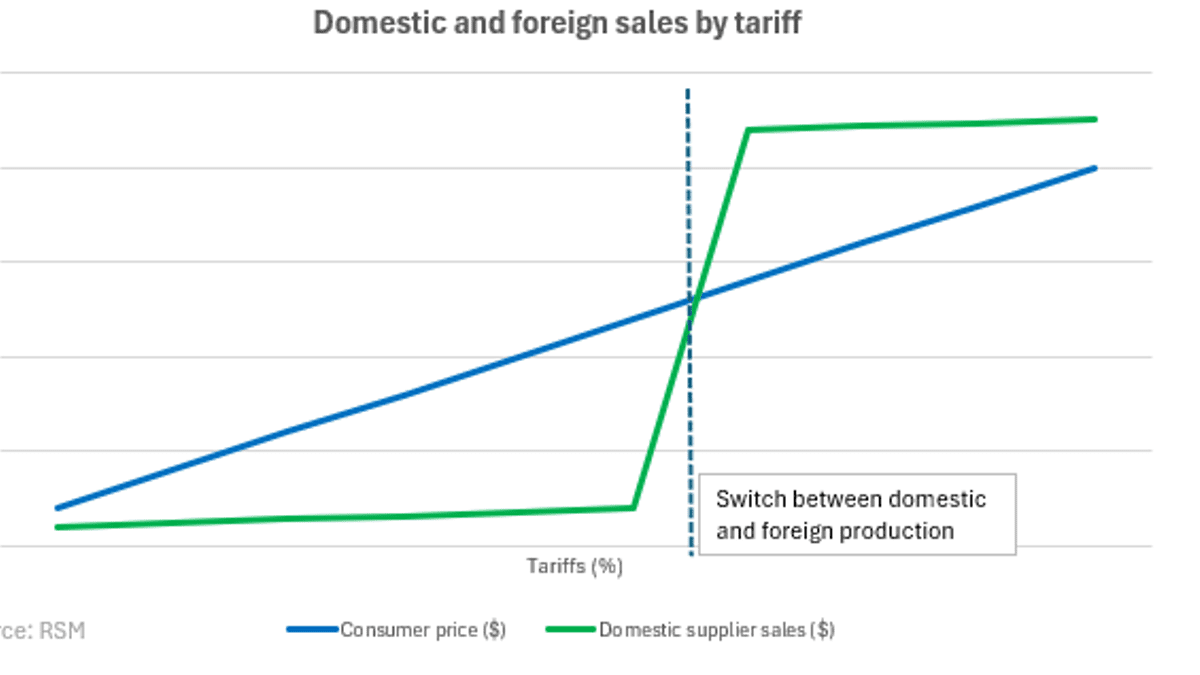
When it comes to building something sustainable, who knows better than construction company owners? Maybe no one, at least as far as things like materials, structure and project management are concerned. But building a construction company that will flourish for decades to come – well, that involves some growing pains that a hammer and drywall can’t fix. For newer companies, making the transition from start-up to stalwart requires striking a tricky balance.
Financial Pitfalls for Newer Construction Firms
As construction companies evolve from small, owner-managed operations into more mature businesses, the financial and operational demands on the business and its owner inevitably change. Most small construction businesses represent the first entrepreneurial endeavor of an individual who worked in one of the construction trades before starting their own company. More often than not, these businesses are bootstrapped and the owner has minimal financial resources when starting out.
That’s why owners of newer construction businesses often make decisions that are rooted in minimizing the impact on cash flows. These decisions might include classifying a worker as an independent contractor instead of as an employee, laying off the workforce every winter or prepaying expenses at the end of the year to minimize taxes.
As a business owner, being hyper-focused on cash flow makes sense when you’re just starting out. But as the business matures, so too must your mindset. Let’s be clear, this is not an easy transition for any new business owner to make! If your scrappiness is a big part of how you created your success, deviating from that formula and doing things differently seems risky. But failing to adapt your practices as your business grows could be far riskier than making those changes.
Every small business owner needs to evaluate the practices outlined below and ask themselves: Am I making the transition from the old way of doing things to the way that will best support my growing business going forward?
Accounting and Bookkeeping – Most construction business owners understand their trade far better than they understand their business finances. Though they’re able to keep their fingers on the pulse of the business intuitively at start-up, it’s harder to pay attention to the finer details that drive profitability as the business and its pressures grow. Accepting this and hiring a qualified accountant or bookkeeper is a difficult decision for some business owners. They want to spend money on employees who will generate income, not on outside help.
But business owners who have failed to make this time-sensitive transition will be the first to tell you just how much poor accounting and bookkeeping can cost your company. Layer on the credibility issues that arise when your bonding company or bank begins to question the accuracy of the financial information that you provide, and the intangible costs associated with poor accounting and bookkeeping skyrocket.
Compliance with Regulatory Agencies – Business owners take calculated risks every day. Whether it’s taking on a job that stretches your company’s capabilities, extending credit to a questionable account or quoting a job below market to secure a new relationship, owners become accustomed to accepting certain levels of risk. Start-ups often assume compliance and regulatory risks, both knowingly and unknowingly. For example, they might adopt aggressive tax minimization strategies or fail to adhere to Department of Labor rules and regulations. But as the business grows, so too do the financial risks of noncompliance.
It’s no secret that the smaller the organization, the less it has to lose for failing to comply with all of the various federal and state tax and regulatory rules. However, the risks increase exponentially as the profitability and related headcount increases. Owners need to respond to these heightened risks accordingly.
Growth Versus Profitable Growth – During the initial start-up of a business, it seems as though all growth is good growth. Every additional job represents more experience as an organization, increased exposure to more relationships and hopefully some residual profits to fuel the investment in the next opportunity. And assuming that the business owner avoids any catastrophic jobs that completely wipe out the organization, a sense of invincibility develops. But just as the owner needs to be aware of the right time to hire a qualified accountant or ensure compliance with regulatory agencies, they too must be aware that making topline growth without increased profitability poses a significant threat to the business.
Increases in revenues carry commensurate increases in direct costs, indirect costs and overhead. While certain costs are fixed, they are often only fixed through a certain sales volume. Significant gross margin erosion throughout a period of growth weakens the organization’s ability to absorb unplanned negative events, whether it is a downturn in the economy, a job that goes sideways or a customer that goes out of business. This isn’t to suggest that businesses shouldn’t compromise some level of gross margin in exchange for increased volume. The key is to find the right balance between the risk being assumed and the gains to be reaped.
There’s an oft-repeated saying that if a business isn’t growing, it’s dying. There’s some validity there. Costs will continue to increase whether you are growing your topline or not. Business owners need to be sure that they are managing the risks associated with growth. Awareness is a powerful tool to help business owners in that fight. Knowing what you don’t know, and knowing where to turn for help, could be the difference between going bust and going the distance. If you have questions about your construction company, our team is here to help. Contact us today.
by John Geraci





